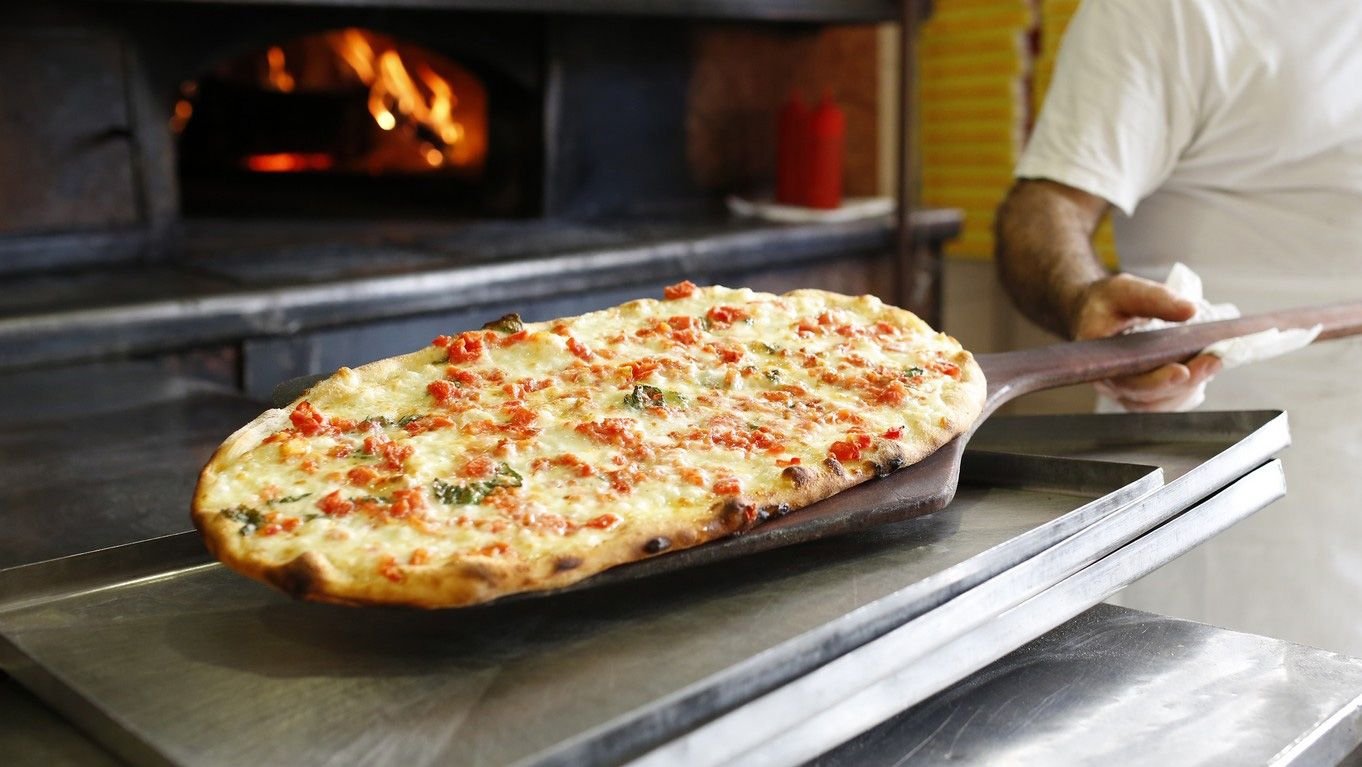Pizza, a culinary delight that originated in Naples, Italy, has become a global favorite cherished for its simple yet delicious combination of dough, sauce, cheese, and toppings. While the basic elements of pizza remain consistent, the use of local ingredients plays a crucial role in defining its flavors, authenticity, and connection to regional culinary traditions. This article explores the significance of local ingredients and their sourcing in pizza-making, highlighting how they contribute to the diversity and quality of this beloved dish worldwide.

Celebrating Regional Flavors
One of the hallmarks of exceptional pizza is the incorporation of locally sourced ingredients that celebrate the flavors and specialties of the region. In Italy, where pizza-making traditions began, ingredients like San Marzano tomatoes from the Campania region, fresh mozzarella cheese from Campania or Puglia, and extra virgin olive oil from various regions are essential components of authentic Neapolitan pizza. These ingredients are not only prized for their superior quality but also for their ability to impart distinct flavors that reflect the terroir of their origin.
Quality and Freshness
The sourcing of local ingredients for pizza-making emphasizes freshness and quality, which are critical for achieving the best possible flavors and textures. Local farmers and producers often supply pizzerias with freshly harvested vegetables, herbs, meats, and cheeses, ensuring that each ingredient is at its peak when used in pizza preparation. For example, locally grown basil, picked at the height of its flavor, adds a vibrant and aromatic touch to pizzas, enhancing both taste and visual appeal.
Supporting Sustainable Practices
Utilizing local ingredients for pizza-making also promotes sustainability by reducing carbon footprint associated with transportation and supporting local economies. Pizzerias that prioritize sourcing locally contribute to the preservation of traditional farming practices and artisanal production methods. By forging partnerships with local farmers and producers, pizzerias can ensure a steady supply of high-quality ingredients while fostering a sense of community and collaboration within the local food industry.
Adaptation and Innovation
Beyond Italy, pizza-making traditions have evolved to incorporate local ingredients from diverse culinary landscapes around the world. In the United States, for instance, pizzerias in regions like California might feature pizzas topped with locally grown avocados, fresh seafood from coastal areas, or artisanal cheeses from local dairies. These adaptations not only cater to local tastes but also showcase the creativity and adaptability of pizza as a global culinary canvas.
Cultural Preservation and Identity
The sourcing of local ingredients for pizza-making is also a means of preserving cultural identity and culinary heritage. In regions with strong agricultural traditions or unique culinary specialties, such as Sicily’s capers and anchovies or Wisconsin’s artisanal cheeses, incorporating these local ingredients into pizza recipes honors centuries-old traditions while offering diners a taste of regional authenticity.
Educating and Engaging Diners
Furthermore, pizzerias that prioritize local sourcing often engage diners by highlighting the origins and stories behind their ingredients. Menu descriptions that detail the provenance of tomatoes, cheeses, and other toppings can educate customers about the importance of supporting local agriculture and sustainable food practices. This transparency builds trust and loyalty among diners who value knowing where their food comes from and how it is produced.
Conclusion
In conclusion, the role of local ingredients and their sourcing for pizza-making is not merely about enhancing flavors and freshness—it is a commitment to quality, sustainability, and cultural authenticity. Whether in Naples, New York, or Tokyo, the use of locally sourced ingredients elevates pizza from a simple dish to a culinary experience that connects diners to the unique flavors and traditions of each region. As pizza continues to evolve and adapt to global tastes, the emphasis on local sourcing ensures that this timeless dish remains a symbol of culinary excellence and cultural diversity worldwide.











